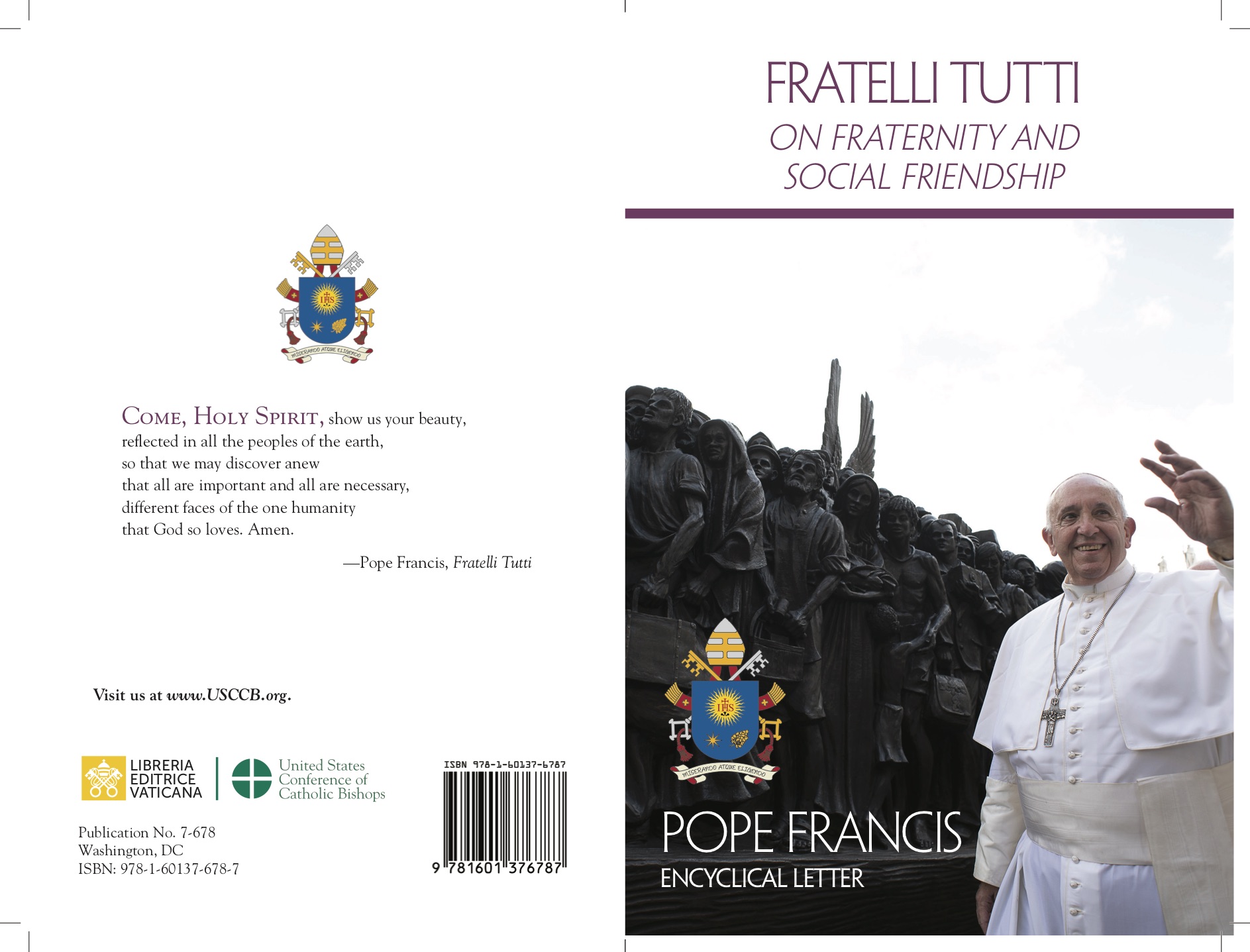
The images emerging from Southeast Asia show complete and utter devastation following the the earthquake that struck Myanmar and Thailand on Friday, 28 March. The situation is dire and the need for humanitarian aid enormous. Tremors from the 7.7 magnitude earthquake, and the four aftershocks that followed, shook Myanmar from its central regions of Mandalay and Naypyidaw to the southern Sagaing state. The destruction of infrastructure, including hospitals, and the widespread damage to homes, has left communities reeling. In a country marked by political instability and civil war, in which millions of people have been living in refugee camps and displaced by ongoing conflict, such a catastrophe causes incomprehensible damage.
Mark Farmaner, Director of Burma Campaign UK, confirms the complexities surrounding the disaster in an interview with Vatican News. “It is clear that no area has been spared”, he says, noting that the effects have been felt from the largest of cities to the most remote of villages, “with people living in bamboo houses or refugee camps in Thailand facing the worst of it”. Farmaner notes that although the Burmese military has long maintained tight control over information, large parts of the country are no longer in its grasp, and “with multiple administrations now operating in different regions, responding effectively to this crisis is an immense challenge”.
Adding to the complexity is the plight of refugees, many of whom were already displaced by the military crackdown following the coup in 2021. More restrictions imposed by the military will inevitably affect the delivery of aid. In fact, notes Farmaner, “the military imposes some of the most severe restrictions on aid delivery in the world”, and due to this “the response to this earthquake will be slow, and the immediate need for urgent assistance will not be met quickly enough” — especially when facing the brutal reality that thousands of people have been buried alive and are trapped under rubble.
To make matters even more complicated, large parts of the country are controlled by different resistance forces and ethnic militias, all opposing the military regime. For this reason, it is no longer possible for international organisations to work through official government channels. “The teams that we see UN agencies and others send in in other places is not likely to be possible. The Burmese military is still carrying out airstrikes, even today, in areas hit by the earthquake, so it’s unlikely that international teams will be willing to go in”. So in order to help people, Farmener notes, a lot of the financial support will have to be provided through local organisations.
The Church, often operating at the grassroots level, can play a pivotal role in the response to the earthquake. “Local churches have a distinct advantage”, Farmaner explains. “The military doesn’t place as severe restrictions on their movements, so they have the ability to access areas that may be blocked off to international aid agencies. Smaller, community-based organisations will likely be the most effective in delivering aid where it is needed most”.
As the international community watches closely, the hope remains that creative solutions and strong local networks will enable aid to reach the most vulnerable, to limit the damage and work together to protect those most affected by this umpteenth tragedy. (Francesca Merlo)













 Purchase the Encyclical here Fratelli Tutti
Purchase the Encyclical here Fratelli Tutti
